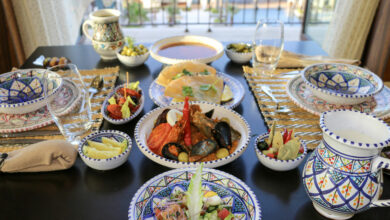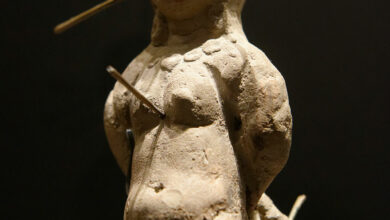Couscous, the dish that relates Sicily to North Africa
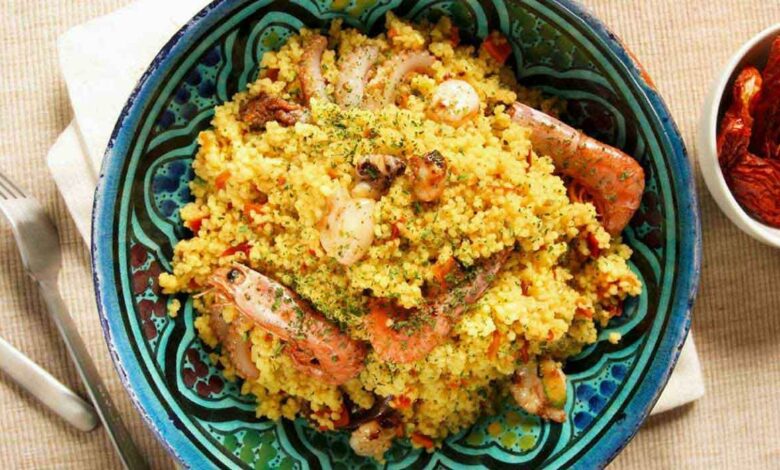
Few years ago, while Tunisia, Morrocco, and Algeria argued over the origins the Berber dish called “couscous,” people ate couscous peacefully in Sicily. Yet, the 3 Maghrebean countries as well as Mauritania made ajoint effort to add the dish to UNESCO’s intangible world heritage. In 2020, their collective effort, hailed by the UNESCO as “an example of international cooperation,” was crowned with success.
For decades, Tunisia and Morrocco have used couscous to lure tourists into their cuisines, an effort that has been part of the two nations’ heavy reliance on tourism.
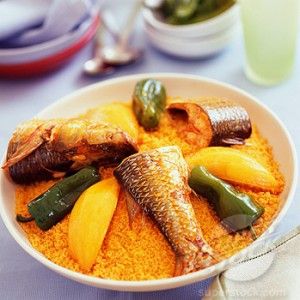
Yet, according to Sicily, this food is more than North African or Maghrebean. With its reliance on fish and seafood as major components of its recipe, Sicilian couscous maps into an Italian and Mediterranean identity.
The question here is “how did couscous make it into the Italian island?”
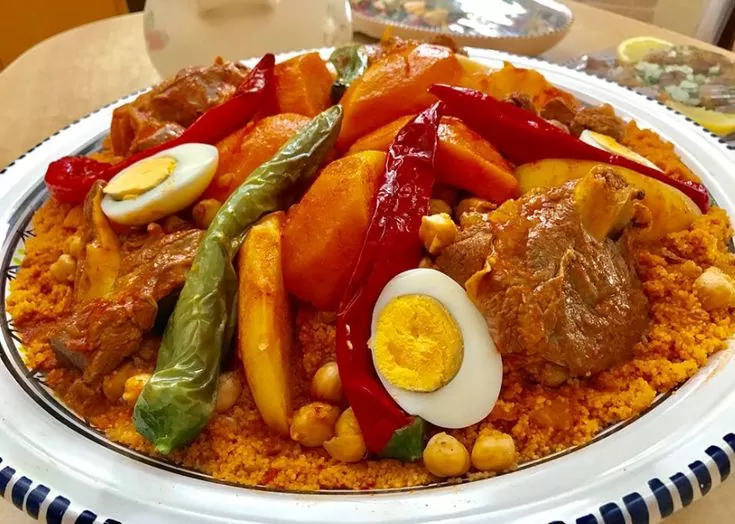
Professor Alfonso Campisi from the University of Manouba, Tunisia says that nothing is certain as to where couscous first appeared, how it spread over North Africa, and when and how it throve in Sicily.
In an interview with Femmes et Réalités, he explains that the North African dish made its debut in Sicily around the end of the 13th and the beginning of the 14th centuries, an important period in the history of maritime trade between Trapani, the region of Sicily where couscous traditions are strongest, and North Africa.
Professor Campisi, a Sicilian himself, does not however exclude a possible Spanish introduction of the dish into Sicily.
Some other sources speak of a more recent introduction of the plate, attributing it to the Sicilians who immigrated to Tunisia in the 19th and 20th centuries.

